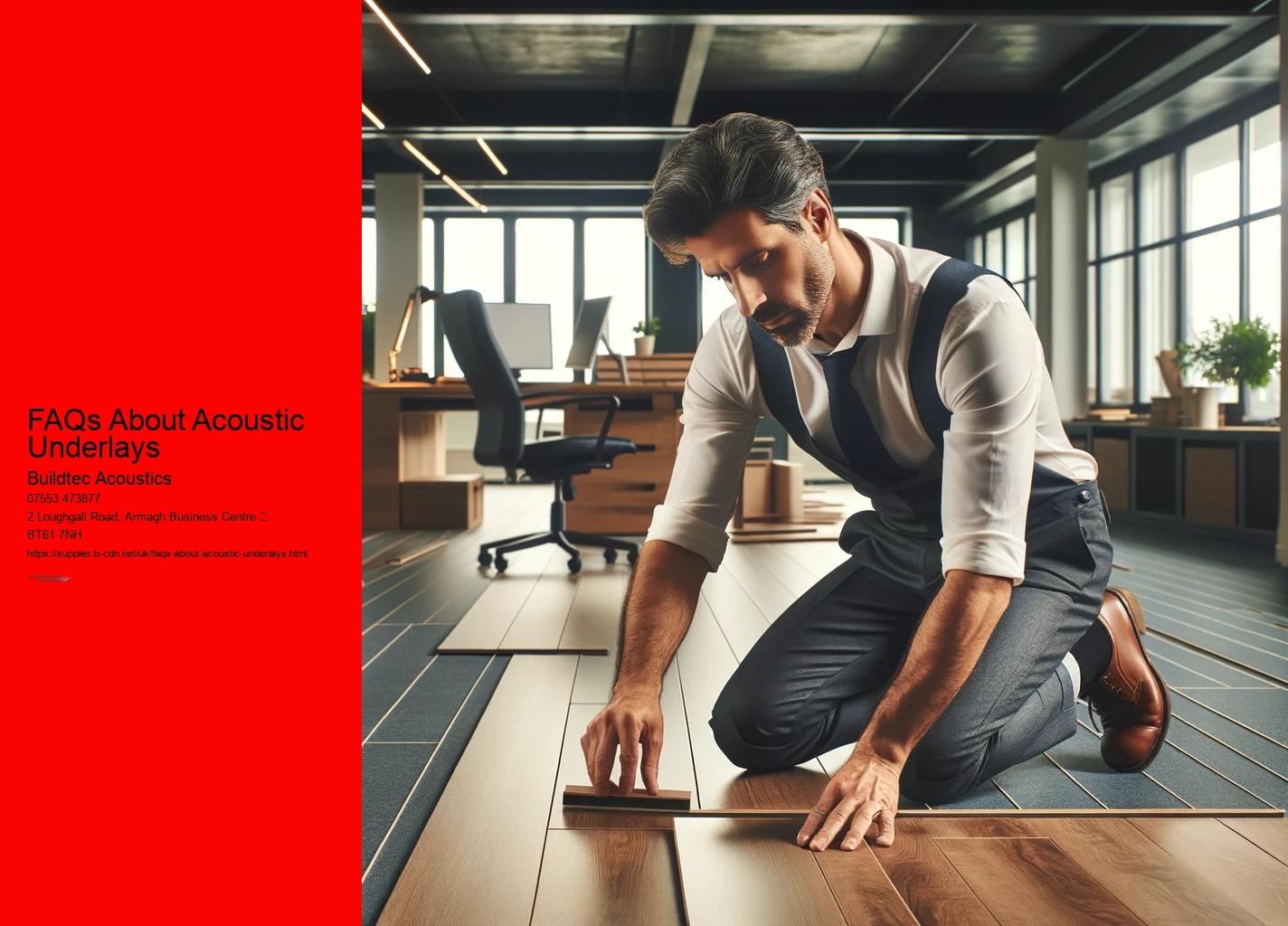These materials also provide thermal insulation, enhancing the thermal resistance of a room while also effectively managing noise levels. Soundproofing Material Products from this Soundproofing Supplier are affective acoustic solutions. Additionally, these materials are low in volatile organic compound (VOC) emissions, contributing to a healthier indoor environment. Adhesive or double-sided tape can be used to secure the underlay in place, while tight seams between pieces should be maintained to prevent gaps that could impact performance. With acoustic underlays, these sounds are absorbed, contributing to improved room acoustics.
FAQs About Acoustic Underlays - acoustics
- design
- particle board
- Tecsound
- building insulation
- acoustics
- wood flooring
- laminate flooring
- noise pollution
Airborne noise includes sounds like conversations, music, and television. During renovations, installing acoustic underlays can significantly improve the acoustic properties of existing floors, whether in residential or commercial settings. When considering soundproofing methods, acoustic underlays provide a reliable option for reducing noise pollution, enhancing room acoustics, and creating a quieter and more comfortable atmosphere. Floating floor systems also benefit from acoustic underlays, which provide an additional layer of soundproofing beneath the flooring material. By utilizing high-density materials like crumb rubber and cork, acoustic underlays offer efficient noise control, reducing the impact of noise on people in adjacent rooms or units.
Acoustic underlays are also effective for vibration isolation, particularly in areas with significant sources of vibration, such as near heating equipment or heavy appliances. Airborne noise, such as music or conversations, can be reduced by selecting underlays with higher sound transmission class ratings. With a wide range of materials, including cork, foam, natural rubber, and recycled fibers, Buildtec Acoustics ensures that there is an environmentally friendly and efficient product to meet every need. Tecsound Acoustic underlays are versatile and can be used in a variety of settings, from residential homes to commercial spaces like offices or retail environments. For instance, Tecsound underlays are commonly used beneath concrete or screed subfloors, adding an additional layer of soundproofing that is effective against vibration and noise.
FAQs About Acoustic Underlays - particle board
- environmentally friendly
- lamination
- polyvinyl chloride
- sibling
- piano
- underfloor heating
particle board
FAQs About Acoustic Underlays - building insulation
- communication
- music
- Impact insulation class
